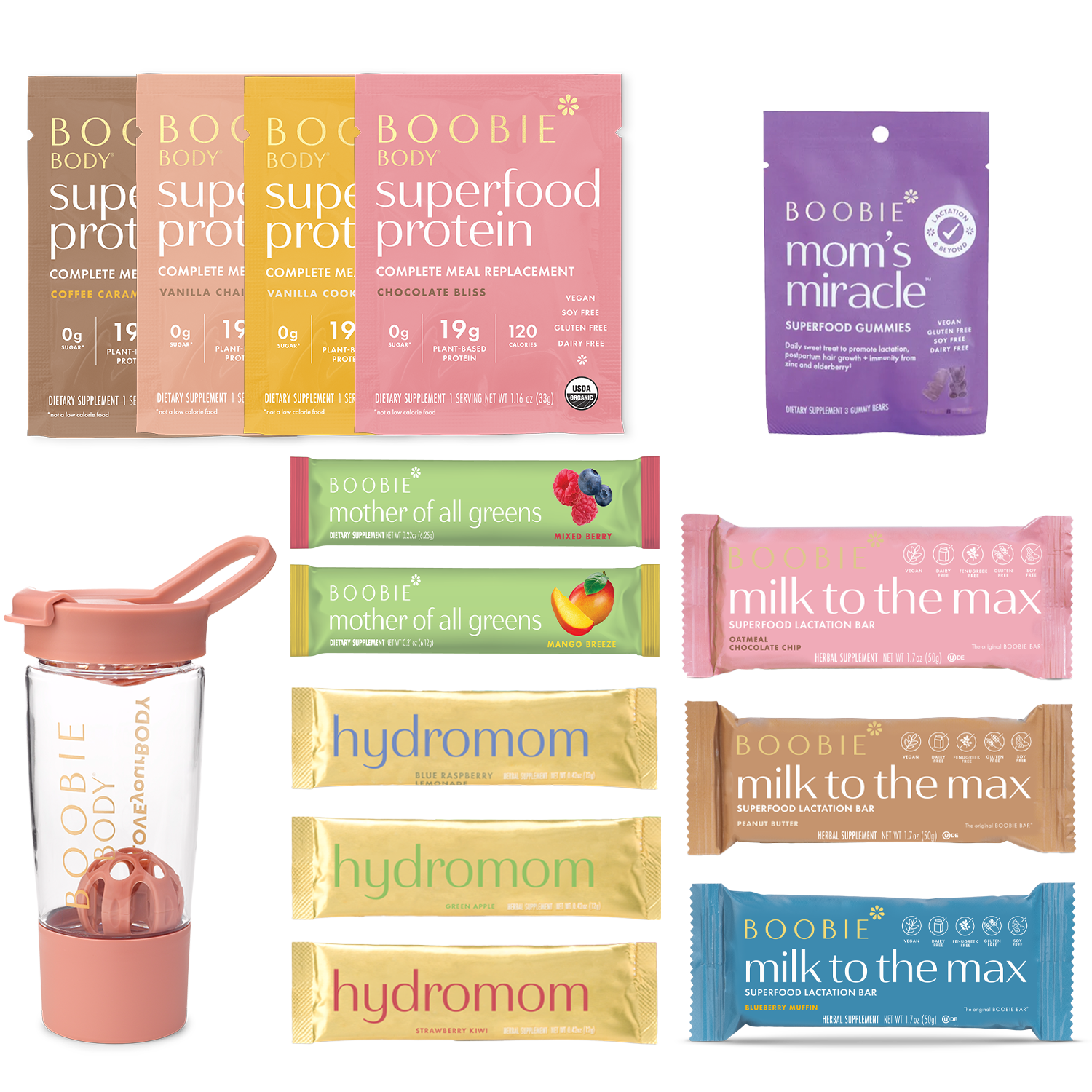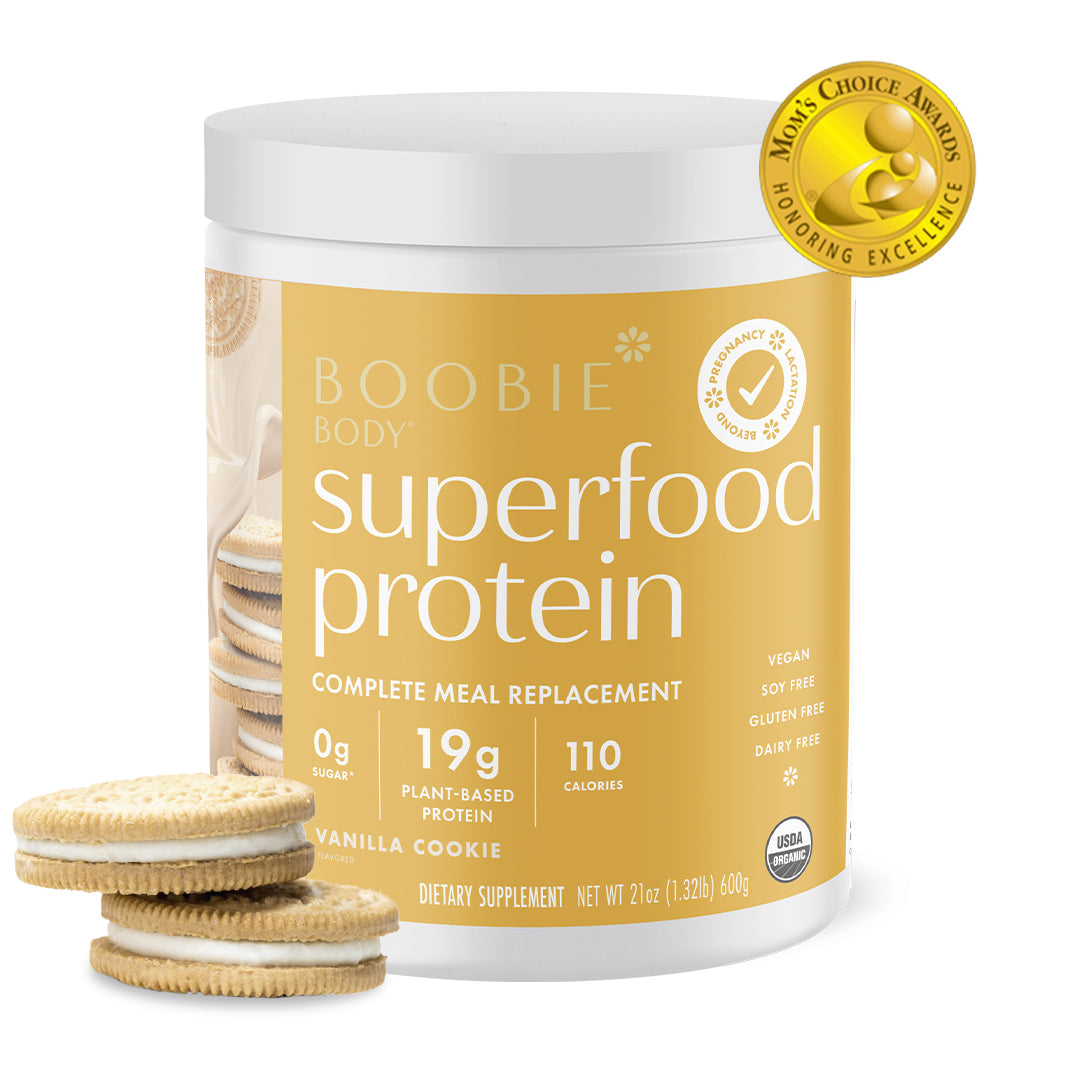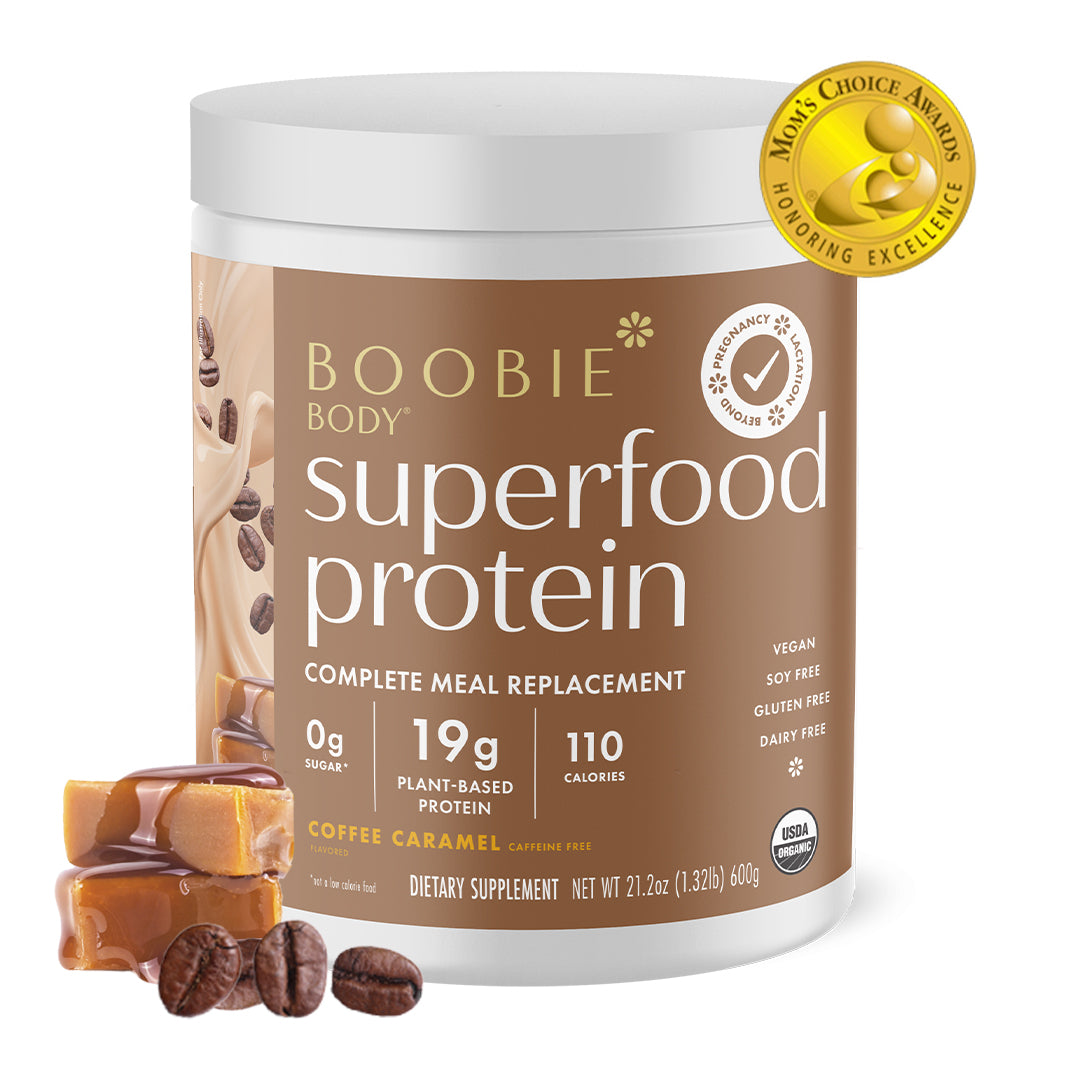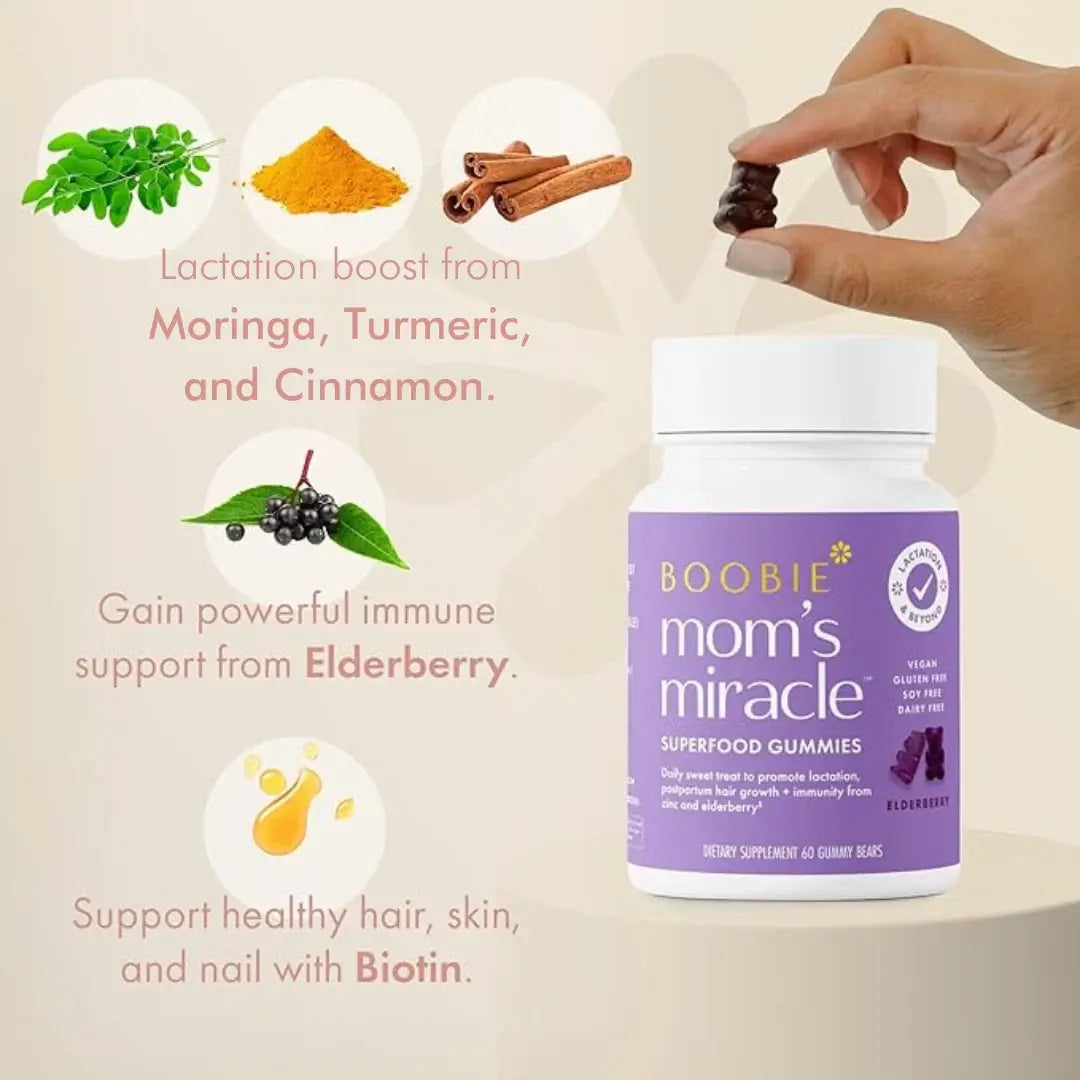By Wendy Colson RN, IBCLC, RLC
Do I have enough milk? This is one of the biggest concerns breastfeeding moms have, and for a good reason. Breastmilk provides all of the nutrients your baby needs to thrive, it’s no wonder they call it liquid gold . Since you can’t “see” how much milk your baby is getting at each feeding (don’t you wish you could?!) you’ll need to know about common signs your milk supply is decreasing.
Common Signs of Milk Supply Decreasing Can Include:
-
Weight declining
After the first two weeks of life where we expect your baby to drop some weight, you’ll want to make sure your little one's weight should increase by 4-7oz/week. This is a healthy sign of getting enough breast milk so if your baby's weight is not on track it’s a good idea to speak to your pediatrician and lactation consultant to make sure you are producing enough milk.
-
Less diapers (both in urine and stool)
In the first few weeks of life, your pediatrician will have you tracking babies wet and dirty diapers. These are a great way to know if your little one is getting enough milk even when you can’t see it. You should expect at least 1 wet/dirty diaper per day of life up until day 5 then your baby will have between 6-8 wet/dirty diapers a day.
-
Any signs of dehydration
Dehydration is a serious concern and occurs when a baby is being undernourished. If your baby has an crystallized urine in their diaper, has not had wet diapers in a few hours or has a visible sunken spot on their head due to dehydration you should call your pediatrician immediately and evaluate how much milk they are getting overall during the day/
Is Your Milk Supply Really Decreasing?
While the above signs are serious concerns to make sure your baby is getting enough milk, it can be tricky to know if you actually have low milk supply or if you are taking some of the commonly mistaken signs below as a false sign. While low milk supply happens, it is actually less common than most women think.
-
Softer and less full breast
Your breast should feel softer after a feeding after your baby feeds. Around the 6 week mark your breast start to “regulate” meaning that they won’t feel as engorged as they did in the first few weeks postpartum.So long as there aren’t any signs of milk supply decreasing listed above you can assume this is what’s happening!
-
Frequent breastfeedings
Does it seem like your baby is feeding all of the time? While it might drive you crazy that you just fed them this doesn’t always mean your milk supply is low. In fact it is usually a sign of your baby hitting a growth spurt or milestone and needing extra calories to grow!
-
Reduced milk when pumping
Trust your baby, not the pump to tell you how much milk they are getting! A baby who is breastfeeding will always draw more milk than the pump will. The only true way to measure how much milk your baby is getting at the breast is do a weight before a feeding and after (known as a transfer weight).
-
A fussy baby
Fussiness is a normal part of baby behavior and while it can be tough to keep your cool, it doesn’t point to your baby not getting enough breastmilk. Many babies want to be close to their moms and fuss to find a warm spot next to them to suckle.
-
Less stools
After the 6 week mark stool patterns change as babys gut matures and while a reduced number of wet and dirty diapers overall is a concern, the number of stools going down after 6 weeks shouldn’t be a concern.
Why Does Milk Supply Drop?
- Ineffective latch and milk transfer: positioning technique or possible oral ties as this can impact how much milk is being removed from the breast
- Some health conditions such as Polycystic Ovarian Syndrome, thyroid conditions and diabetes can impact the hormones needed for effective milk making
- Previous breast surgeries such as a breast reduction or implants that impact the amount of glandular tissue needed to produce breast milk
- Retained placenta that isn’t fully delivered after birth can impact the cascade of milk making hormones
Why Did My Milk Supply Suddenly Drop?
- Illness/injury- this may be the case in an accident or illness where you may be separated from your baby and unable to feed or your body may be significantly stressed which can impact milk supply
- Medications, including birth control pills especially those containing estrogen, antihistamines and cold medication containing pseudoephedrine (ie Sudafed)
Can You Lose Milk Supply In A Day?
It is very uncommon for there to be a sudden decrease in milk supply- typically decreases in milk supply happen over time with less pumping/breastfeeding. If you have been reducing feedings for some time or have to drop breastfeeding/pumping quickly (by using certain medications) it can drop within a few days.
Do Soft Breasts Mean Low Supply?
Not necessarily! Milk supply regulates around 3 months, at this time breast will feel less full and less engorged. A breastmilk supply drop does not always correlate to soft breasts.
At What Month Does Milk Supply Decrease?
If you are wondering when does milk supply drop, it is most commonly at month 3, milk supply regulates and while this is normal, many mothers return to work at this time and the stress or transition to pumping can mean a drop in milk supply.
How Fast Does Breast Milk Dry Up?
Depending on the reason for milk decreasing (intentional or unintentional) it can take between a few days or a few weeks.
Can I Increase My Milk Supply After It Has Decreased?
Yes! If you are in need of tools on how to increase your milk supply see some of our expert tips here and make sure you focus in on:
- Following up with your lactation consultant to help determine the root cause of a breastmilk supply drop
- Taking good care of yourself with good nutrition, staying hydrated with water and boosters such as Hydromom to add in a dose of electrolytes for replenishment
- Adding in plenty of milk making foods rich in galactogogues or try some of our favorite BOOBIE* bars, protein powders here that are quick and yummy way to get more milk flowing





















